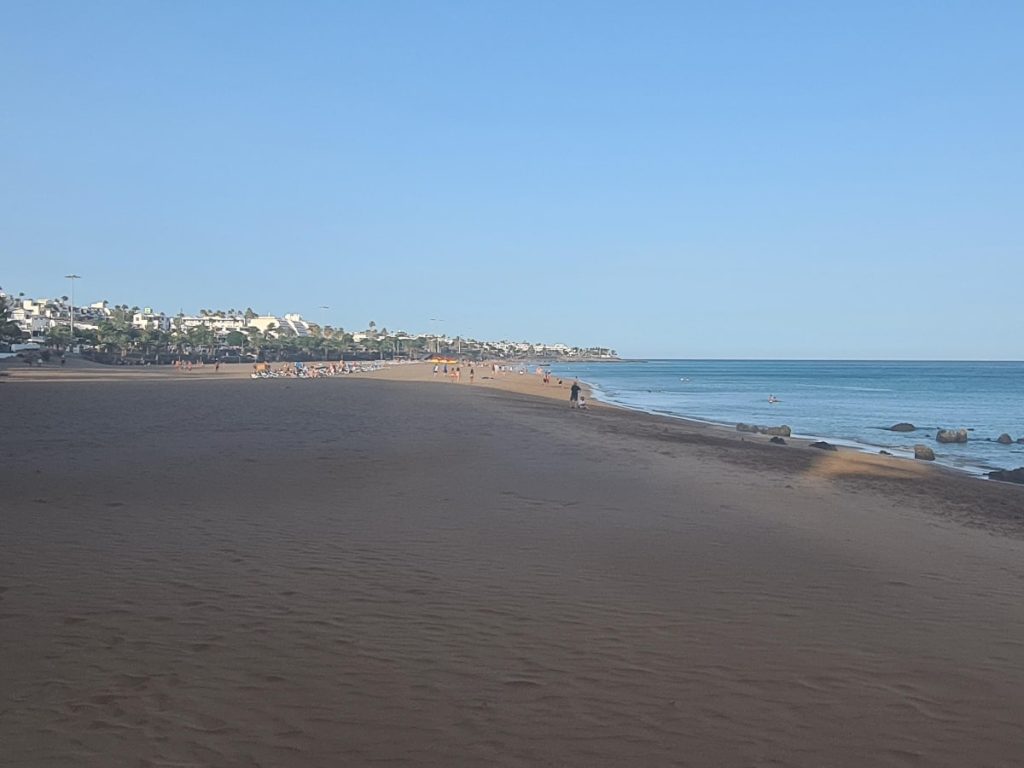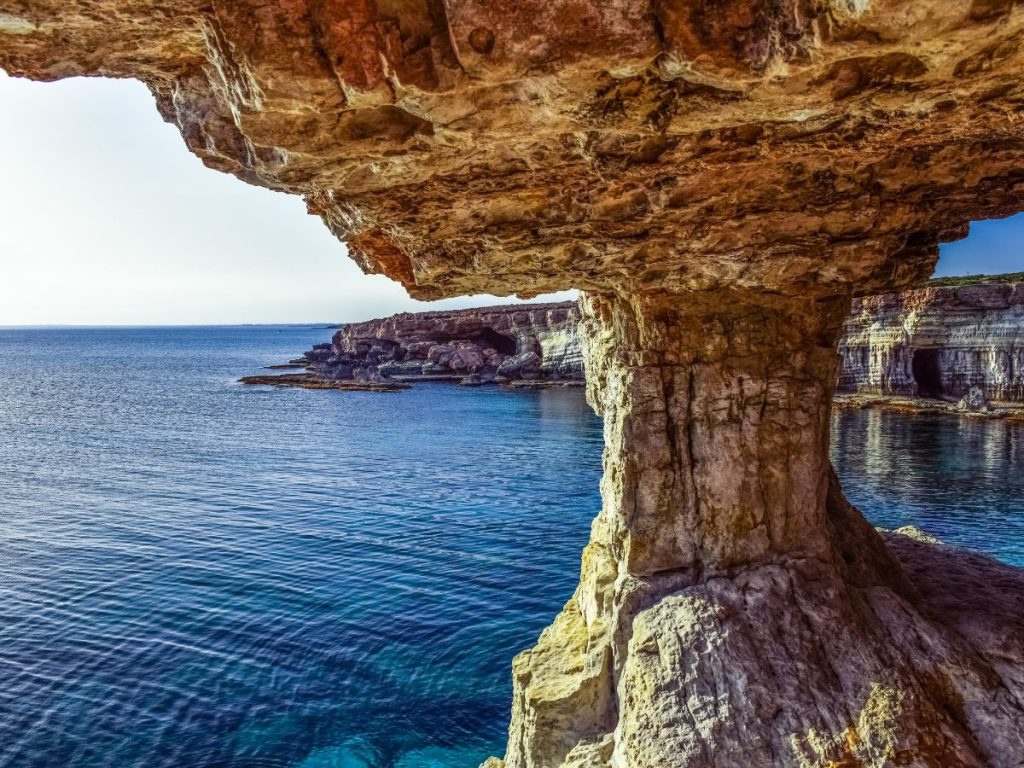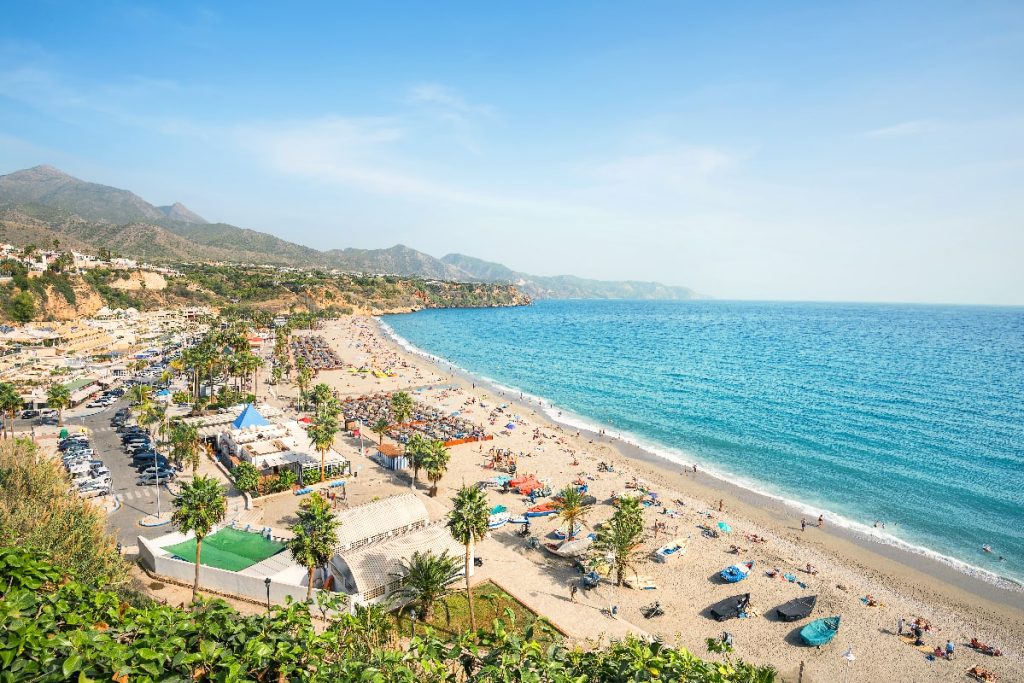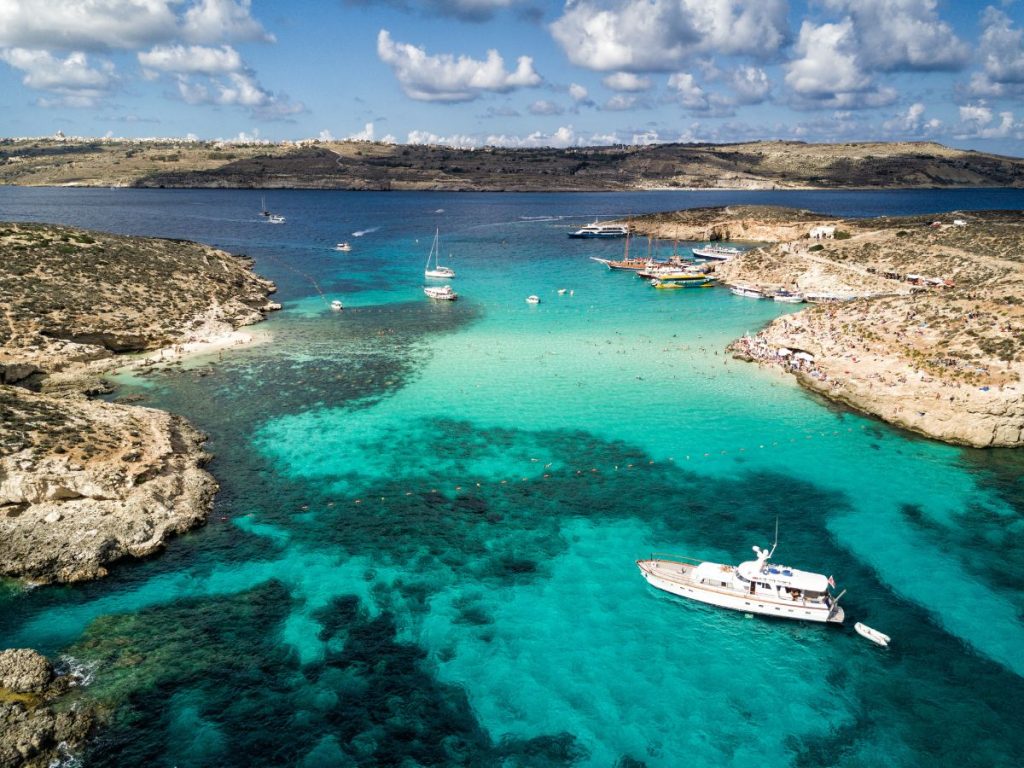As the year end approaches in Europe, the list of potential destinations for sunny, warm short-haul breaks starts to dwindle. Temperature levels have plummeted across almost all of the continent by November time with only the very warmest winter destinations in Europe still offering what might be described as “beach weather” by the start of December.
In most cases, you have to leave mainland Europe if you want to guarantee winter sun and mild weather, although there are a few hot spots on the continent that stay pleasant throughout the winter months. Below, we’ll take a look at some of the best winter holiday destinations in Europe.
The 5 best warm winter destinations in Europe
1. The Canary Islands, Spain

The hottest winter in Europe is found in Spain’s Canary Islands which are located off the Western Coast of Africa. Their extreme southerly location means it takes a bit more effort to get here with 4+ hour flights from the UK and most of mainland Europe. However, the islands are still served by a host of budget airlines which means airfares are usually reasonable if you’re a bit flexible on dates and willing to book in advance.
There are eight main Canary Islands although visitors tend to flock to the larger islands which have better air connections. Tenerife is the largest and most populous of the Canaries and is home to a number of resorts. It’s large enough to be served by two airports – Tenerife North and Tenerife South.
The biggest city in the Canaries is Las Palmas on the island of Gran Canaria which is known for its contrasting terrain of beaches, forests and mountains. Continuing west, Fuerteventura is a good option for a more relaxed, laid-back adventure with slightly fewer tourists and resorts while the northernmost island is Lanzarote, known for its volcanic, otherworldly landscape.
There’s not a huge difference in temperatures between the islands with average daily highs of just over 20°C throughout the winter months.
2. Madeira, Portugal

The Portuguese island of Madeira is situated around 500 km to the north of the Canary Islands so it’s marginally cooler between December and February than its Spanish counterparts but can still offer daytime temperatures that exceed anything you’ll find in mainland Europe.
A bit like Gran Canaria, Madeira is known for its stunning, contrasting landscapes. Those include lush forests, picturesque coastal cliffs and dramatic mountain settings which offer great views across the island.
It also has arguably more going on from a cultural perspective than the islands in the Canaries. Madeira is known for its vibrant festivals, particularly Carnival celebrations in February while it’s also one of Europe’s best new year destinations.
3. Cyprus

On the other side of Europe, the island of Cyprus has long been a popular travel destination and it can also claim a year-round appeal, albeit with slightly cooler temperatures in January and February when it may not be quite warm enough to hit the beach or bathe in the sea.
The good news is that the country does have a large array of interesting places to visit away from the coast with a number of archaeological sites while the divided capital of Nicosia, which lies on the border between the Turkish and Greek parts of the island, makes for a great day trip.
You’ll also want to head into the Troodos Mountains where Cyprus rapidly turns from winter sun into winter sports destination with skiing usually possible between mid November and mid April. It’s also a great place to go for hiking and nature.
4. Costa del Sol, Spain

The warmest place in Mainland Europe in winter is the southern shores of Iberia with Spain’s Costa del Sol typically slightly warmer than the Algarve region in neighbouring Portugal. Days of 20°C or more are not uncommon in and around Malaga which averages between 160 and 180 hours of sunshine per month during the winter.
While nowhere near as lively or busy as they are during the summer, the resorts on the Costa del Sol remain open and you can often find great deals on accommodation at this time of year, particularly on monthly stays as many Spaniard and expats rent out summer homes on Airbnb and other platforms.
If you’re unlucky with the weather, day trips to the likes of Seville, Ronda, Granada and Cadiz are very much possible for a dose of Andalusian history and culture.
5. Malta

Malta has emerged as a major hotspot for digital nomads and remote workers during the winter months, largely thanks to its mild temperatures and sunny climate.
This tiny Mediterranean archipelago is home to popular coastal areas such as St. Julian’s and Sliema. Meanwhile the capital Valletta is a UNESCO World Heritage site which has many museums and charming streets to explore.
Bathing in Malta’s bright turquoise waters isn’t really possible though due to the low temperatures which is something to bear in mind. Those primarily looking for a beach trip to Malta won’t want to visit later than around mid November to be confident of warmer conditions with things not truly starting to heat up until around mid April onwards.
Winter sun in Europe – 10 popular destinations compared
| NovemberAverage High (°C) | December Average High (°C) | January Average High (°C) | February Average High (°C) | March Average High (°C) | |
| Tenerife | 24 | 22 | 21 | 21 | 22 |
| Gran Canaria | 24 | 22 | 21 | 21 | 22 |
| Lanzarote | 24 | 22 | 21 | 21 | 23 |
| Madeira | 23 | 21 | 20 | 20 | 20 |
| Algarve | 20 | 17 | 16 | 17 | 19 |
| Costa del Sol | 20 | 18 | 17 | 18 | 20 |
| Lampedusa | 20 | 17 | 15 | 15 | 16 |
| Malta | 21 | 17 | 16 | 16 | 17 |
| Crete | 20 | 17 | 15 | 16 | 17 |
| Cyprus | 22 | 19 | 17 | 17 | 19 |
You can still strike it lucky across the Mediterranean with the weather in October and potentially November, but things do start to cool down pretty much everywhere by the final month of the year.
The only places in Europe that could be described as hot in December are the Canary Islands and Madeira with all mainland destinations and even other islands such as Cyprus, Crete and Malta seeing relatively few 20°C days by this point.
The Canaries continue to be the warmest place in Europe in January and February with Madeira only very marginally cooler.
There are other options for Europeans looking to escape the winter freeze though. The Red Sea resort of Sharm El Sheikh in Egypt for example offers average highs of 22°C throughout the winter months and is served by numerous budget airlines from the UK and other parts of Europe with flight times only marginally greater than services to Cyprus.
Morocco is another North African destination with good links to Europe and winter sun options with Marrakech, Agadir and Essaouira remaining popular destinations during the coolest months of the year.

